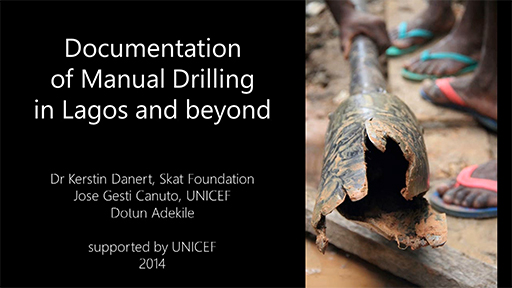4 Boundary setting
In the last activity you looked at the nature of change. But to plan an actual intervention you need to set some boundaries around the problem to make it manageable. Boundary setting is what you will explore now. In this particular case, you are going to be asked to think about a micro-level intervention.
Activity 3
Watch the following video about manual borehole drilling for water supplies, in the city of Lagos, Nigeria. Ignore the instructions about a stakeholder matrix at the beginning and end.

Transcript: Video 1 Lagos case study: development intervention
Note: This case study is about manual borehole drilling for water supplies, which is becoming increasingly popular in the city of Lagos, Nigeria.
Then answer these questions:
Which issues raised in this case study do you think are suitable for a development intervention? Note your answer in the box below.
Selecting one of the issues you identified, what do you think would be involved to make it happen? Note your answer in the box below.
Discussion
One take on the video of the Lagos manual borehole drillers is that several issues were raised that might be suitable for a development intervention.
These included:
- expanding the supply of water to poorer neighbourhoods and households
- the environmental issues raised by uncontrolled and random patterns of drilling
- the lack of regulation around standards, training and knowledge of both drillers and those commissioning drilling.
Each of these on its own would constitute quite a significant intervention, involving several different strands. There is likely to be a multiplicity of stakeholders, current ways of doing things which are underpinned by values and norms and various institutions within the local and national context e.g. a stronger law-enforcement-based approach to environmental regulations.
The issues you have thought about illustrate one of the first points to note when designing an intervention: it is essential to be clear about the scope and purpose of an intervention. This is far from being a merely technical issue, though. Instead, it is a boundary-drawing exercise in which the outcome is likely to depend, to a greater or lesser extent, on the outcome of negotiations with stakeholders. Thus, the first element of any intervention is to talk to affected people to explore and analyse the context.
